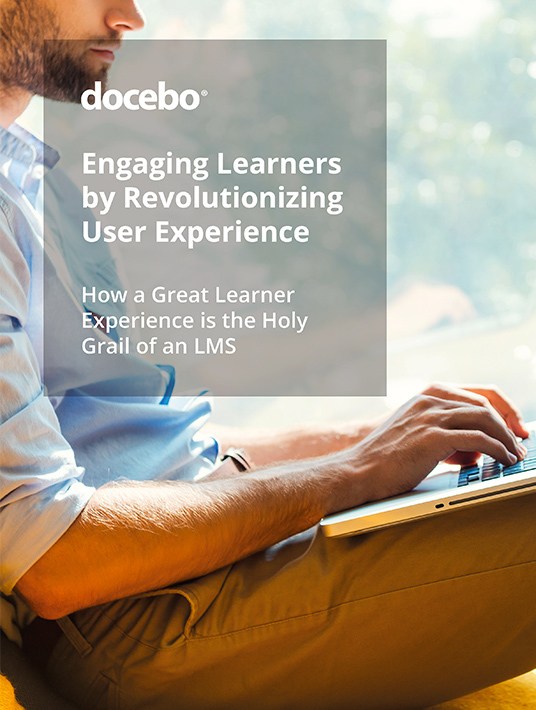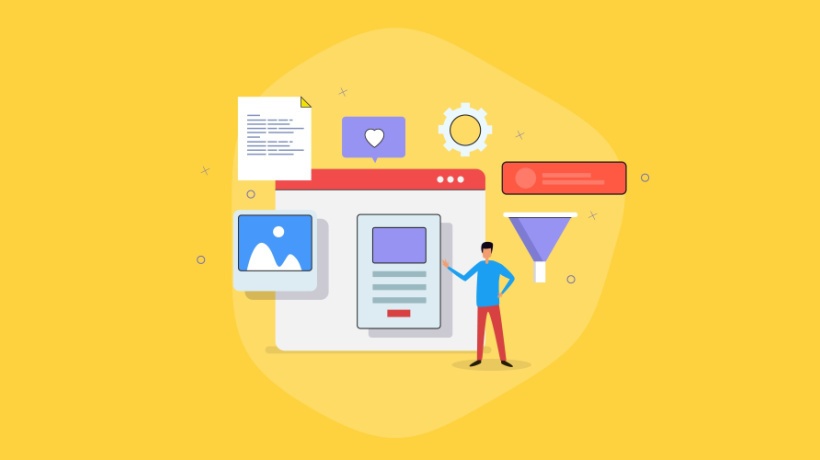The Essential Elements Your LMS Needs To Have For Revolutionizing User Experience
It might be a stretch to say learners need to “love” their Learning Management System in order to learn effectively, but it is not so far from reality. Too often an LMS is crippled by the fact it simply can’t offer users the learner experience (LX) they need to develop skills and excel in their roles. And of course it is understandable that Learning and Development (L&D) leaders have many things to consider when implementing a new solution.

However, it cannot be ignored that all efforts invested in an optimal solution are wasted if learner experience suffers. After all, improving user experience is the number one reason organizations switch their LMS.
So, to the obvious question, what elements your organization’s Learning Management System needs to have to create a great learner experience? Let’s dive into that.
1. It’s Easy To Use
If an LMS is cumbersome, unwieldy, or otherwise challenging to use for its end users, then it shouldn’t be used in the first place, period. We need LMSs that match general user conventions end users are used to using. There’s no need to re-invent the wheel. Conventional users know how to use conventional software products, and LMSs should put end-user standards at the forefront to minimize the friction behind how they will achieve learning outcomes.
2. There’s Little Training Involved
Just as an LMS needs to be easy to use, it needs to have zeroto-minimal training involved. Once users log into a system, they should naturally know where their eyes need to go in order to meet immediate training objectives. If someone logs into an LMS and has to ask questions off the bat, then we have problems.
3. It’s Fun To Use
Beyond being easy to use, an LMS should be fun to use. A system that is actually appealing and engaging for users will ultimately let them learn better and faster and also let L&D professionals rest easier, knowing their learners are acquiring knowledge at a good pace.
4. It Leverages Known Conventions
LMSs don’t have to re-invent the wheel of learning. eLearning systems don’t have to reinvent how users acquire new skills. Learners are learning online everyday: how to cook, how to build, how to learn languages. They do this with seamless learning conventions that are widespread. Don’t find a new way to help learners how to learn. Understand how they learn effectively in their day-to-day lives and use the essentials of those approaches in your eLearning strategies to truly engage learners.
5. It Connects
Any modern eLearning system needs to be bolstered by a robust network of connectivity. Learners need access to their LMS and learning content wherever they may be and however they may access it to support a seamless, ongoing learning experience. However, this ingredient is too often ignored. One small impediment, such as intermittent inaccessibility or lack of connectivity, can disrupt the learning process and have a negative impact on the learner’s overall engagement with L&D programs.
6. Online And Offline Functionality Is Essential
It is sometimes said that “offline is the new online”. Cloud-based LMS providers strived for many years to provide offerings that were available in any region of the world, at any time, with a connection to the internet. But one thing was lost to some: the fact that we simply cannot access the internet in certain regions, at certain times. If we’re to provide users with software tools that are accessible on offline devices and map to an LMS, we need to synchronize the progress they have achieved with what exists on connected systems. Some LMS providers have made great strides in this regard and managed to link learner progress with an LMS effortlessly.
Final Word
We can get all of the right pieces in place for the perfect Learning Management System, but if our learners can’t effectively learn through the solution, all is lost. Every organization needs a great LMS that engages users and has exceptional UI/UX capabilities to actually engage users and create learning programs that are actually effective. To know more about effective learner experience, download the free eBook Engaging Learners By Revolutionizing User Experience: How A Great Learner Experience Is The Holy Grail Of An LMS.









